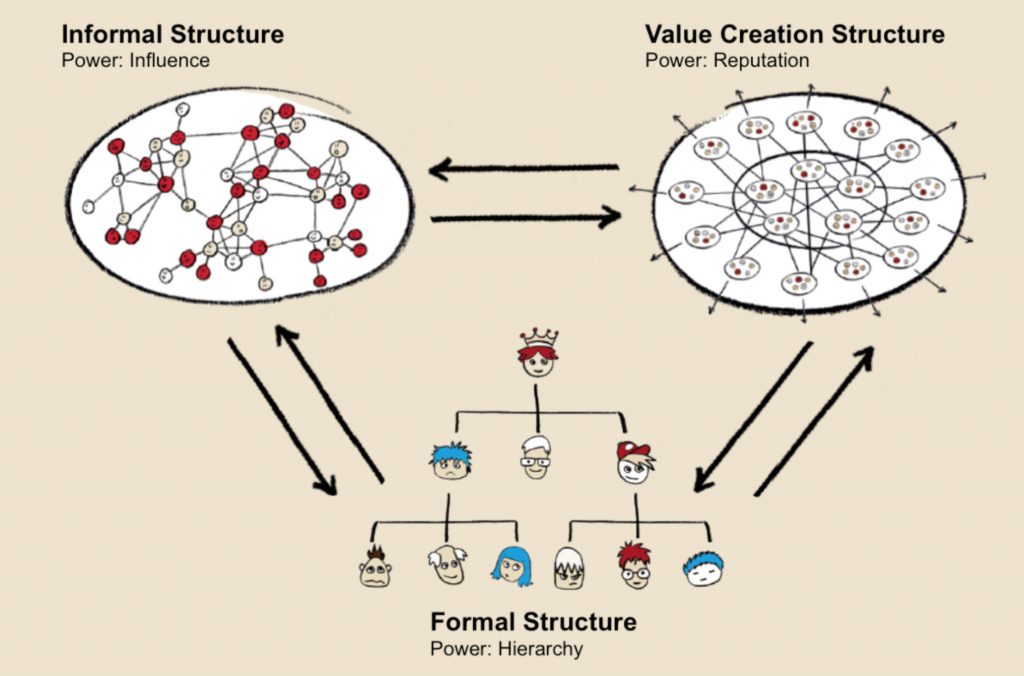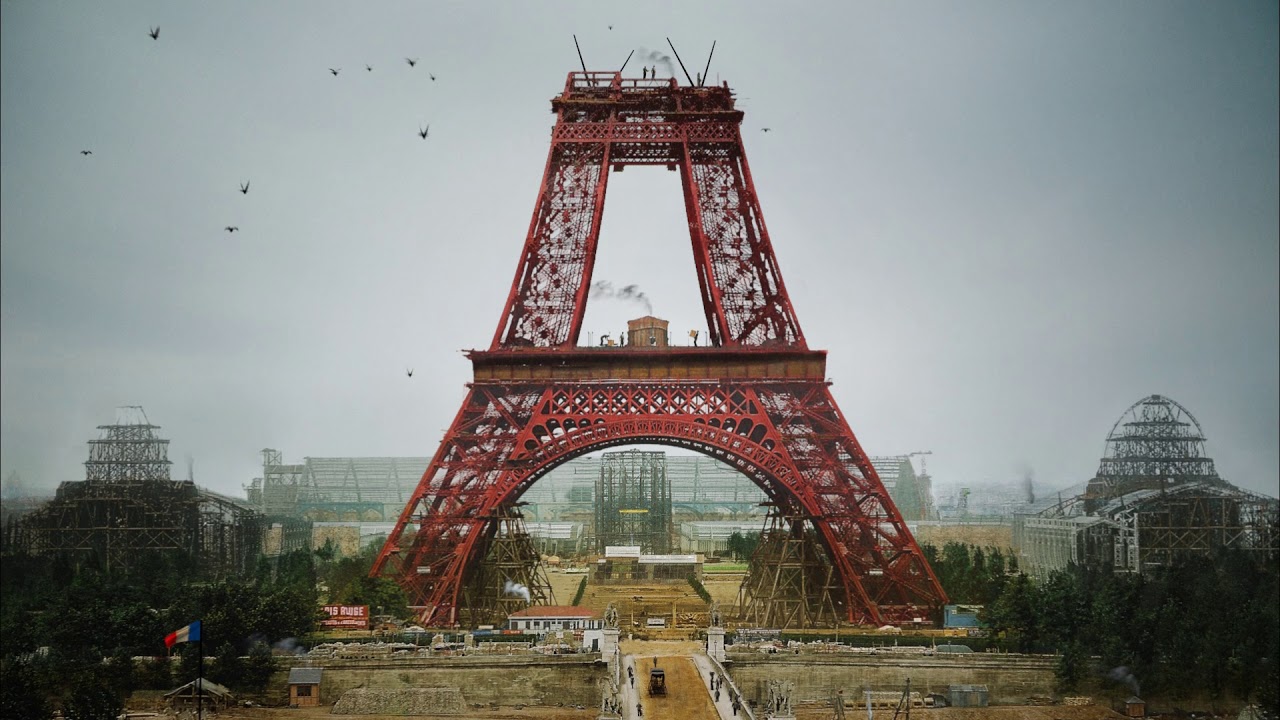December 2015 I went to Microsoft Seattle for a three day IT Enterprise Architects conference. Reflecting on the information we got and looking at it from our company’s perspective, we realized even more then before that we were driving an overweight truck trying to pass a railroad, while the train was coming right at us at high speed. How to accelerate the (stopped) truck?
Eduardo Kassner – Chief Technology Officer at Microsoft – gave me two pieces of advice:
- Expect Nothing, Blame No-One, Do Something;
- Create examples. Start small and find a customer for your first sell.
The first one might need a little explanation: do not expect anything from anyone, be grateful for everything you get; blame no one when things go wrong; act.

Back at the office we started to do something. One year later we’d created and sold the first products to these great customers who believed in us and were willing to jump on our moving truck.
So how do you do something like this in an organization that is not build for change? About a year ago I read this article from Niels Pflaeging, and it gave me the exact words I needed to explain what we did.
In short: every organization has three types of structures.
- Formal structure
Usefull for compliance with law. Stems from the industrial age. Dramatically over-emphasized in most companies. The power in this structure is hierarchy. - Informal structure
Interconnected individuals – informal structure is, it is neither good nor bad – The power in this structure is called influence, which be used for good and bad things. - Value creation structure
This is only structure from which performance and success can arise. Focusing on the outside of the organization. The power in this structure is reputation; “who knows about this, who is expert on this matter?” – get questions answered by hooking up to the value network.
The value creation structure is the least understood of the three structures of any organization. Ironically, it is also the one structure in which actual work can get done.
Formal Structure and Informal Structure can be enablers of value creation, and lubricants of work. But they cannot themselves produce performance, success, competitiveness, or value.

When trying to create sustainable value for your customers, focus on using the Value Creation Structure inside your organization, or create the first cells yourself. New network technologies help – and are maybe even critical – to succeed. And start together with your most valuable customer(s).
In the next blog post I’ll discuss the requirements an organization needs to continuously add value for it’s customers.
This post is #3 in a series of 4. The first post was about recognizing patterns in organizations who deal with change. The second post is about the role and characteristics of shapers who create change. The third post is about the three structures every organization has, a good understanding of this this helps in how to create value. The fourth post is sort of a wrap up and tries to answer the question why organizations don’t adapt to a changing environment.
